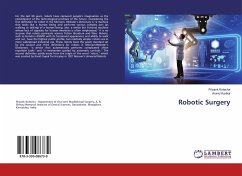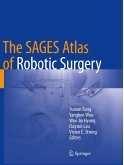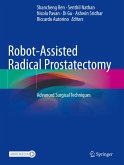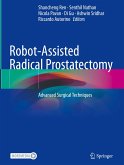Nowadays there is an increasing percentage of elderly people. It is expected that this percentage will continue increasing, carrying huge organizational costs in rehabilitation services. Recent robotic devices for gait training are more and more regarded as alternatives to solve cost-efficiency issues and provide innovative approaches for training. However, some control strategies implemented in current robotic devices should be improved and validated. There is a need to address how to target muscular activation and kinematic patterns for optimal recovery after a neurological damage. The main objective of this work was to understand the underlying principals that the human central nervous system employs to synchronize muscular activity during walking assisted by a robotic gait trainer. Our tested hypothesis was that a basic low-dimensional locomotor program can explain the synergistic activation of muscles during assisted gait. As a main contribution, we generated a detailed description of the electromyographic and biomechanical response to variations in robotic assistance in intact humans, which can be used for future control strategies to be implemented in motor rehabilitation.
Bitte wählen Sie Ihr Anliegen aus.
Rechnungen
Retourenschein anfordern
Bestellstatus
Storno








